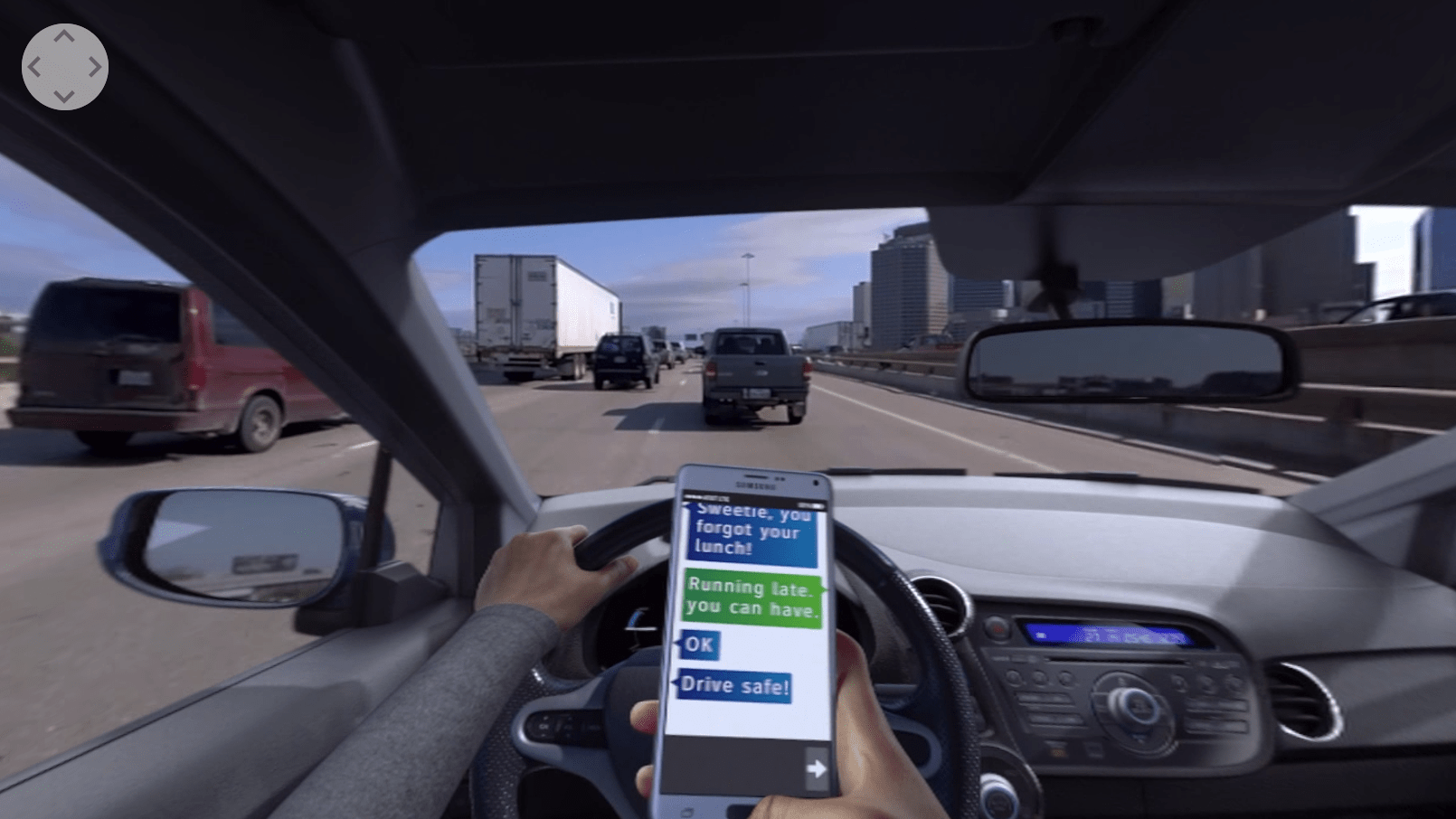Debate case study:
- Real Violence(2017), Jordan Wolfson (VR)
At Whitney Biennial 2017, I saw people lining up at a table with several VR headsets. At the entrance there was a sign that warned the audience of the violent content of the work. The work is a man being beaten by another man with a baseball bat on the street. I couldn’t remember every details but I remember that I tried to look away but my movement is limited as if I was forced to be a witness but I could not do anything and I did not know anything. I did not want to look at the man who is bleeding so I could only tried to look at the ground. The sound of beating was so real, which made me more uncomfortable. I was disturbing even if I know this is a successful art work. There is no context, audience would not know why the man is beaten and why he does not fight back. In this sense, interactors are silent witness, and are forced to witness the violence in an immersive setting. I did not know the man who is beating is the artist himself, and the man who beaten is a synthetic animated character, but he was so real that I thought he is an actual actor. Audience know that this is not a 360 video of an actual human beating another human but it is so real that it would evoke disturbing feeling in audience, which makes audience possess a perspective of a silent witness as if we are observing this reality.
“Just like what In exploring the pure distillation of violence without context, Wolfson has created a piece that captures the difference between Real Violence and real violence.” (Isaac Kaplan)
- It Can Wait, AT&T (VR)

This piece is also a mix of 360 video and animated character but very different from the first example. It tells a story of a driver who checks his phone and replies messages when driving and ends up in a car cash. In this piece, the interactor is given a first person view. It feels like I am driving the car and experiencing the car accident. The interaction is more flexible. Instead of being fixed in one position, the interactor’s position is moving in the scene. Unlike other 360 video that there is nothing when interactors look down, we can actually see the hands driving and texting, as if we are driving and texting. I knew something bad would happened but I could not stop that. Even if interactors seem to take the role of the main charater, but they are still silent witness. Interactors are having the perspective of the character, which does not make them play the role, they cannot change the narrative but only where to look. By giving interactors the pint of view of the driver, it is more effective in delivering the message of “do not text when driving” by showing them a simulated reality of serious consequences.
Response on lecture:
The exercise of telling story repeatedly is driving us toward a better narrative. The first several times everyone seems to have short and simple stories without any details and twists. The in-class research on Marshall McLuhan was so quick that everyone was basically say what they saw on Wikipedia. We cannot piece together a story of the person because, with all these random information, there was a lack of coherence. As for the debate, it is hard to argue for only one side because both sides can exist at the same time . So I guess the common thread is to form a coherent and engaging narrative.
Leave a Reply